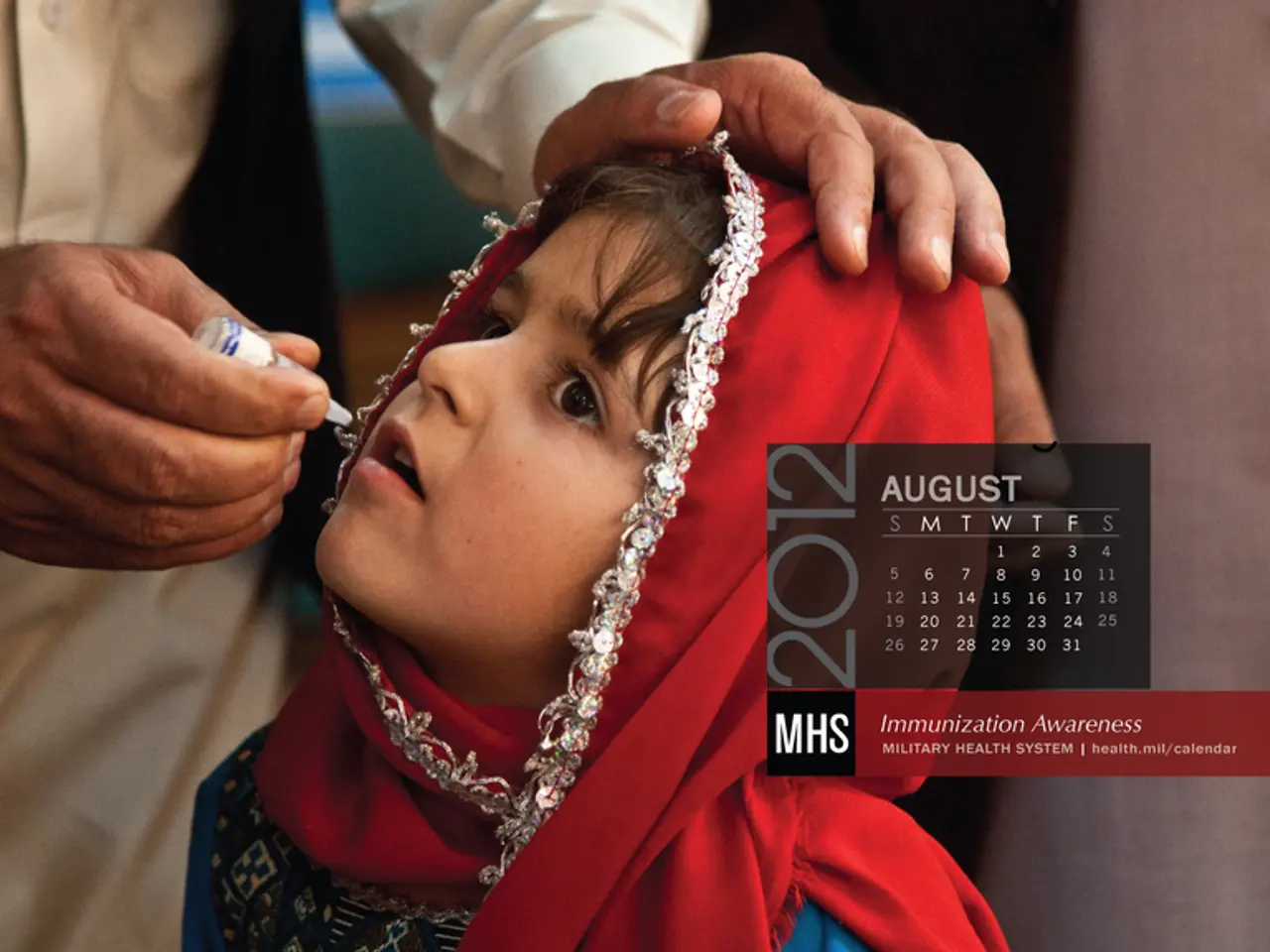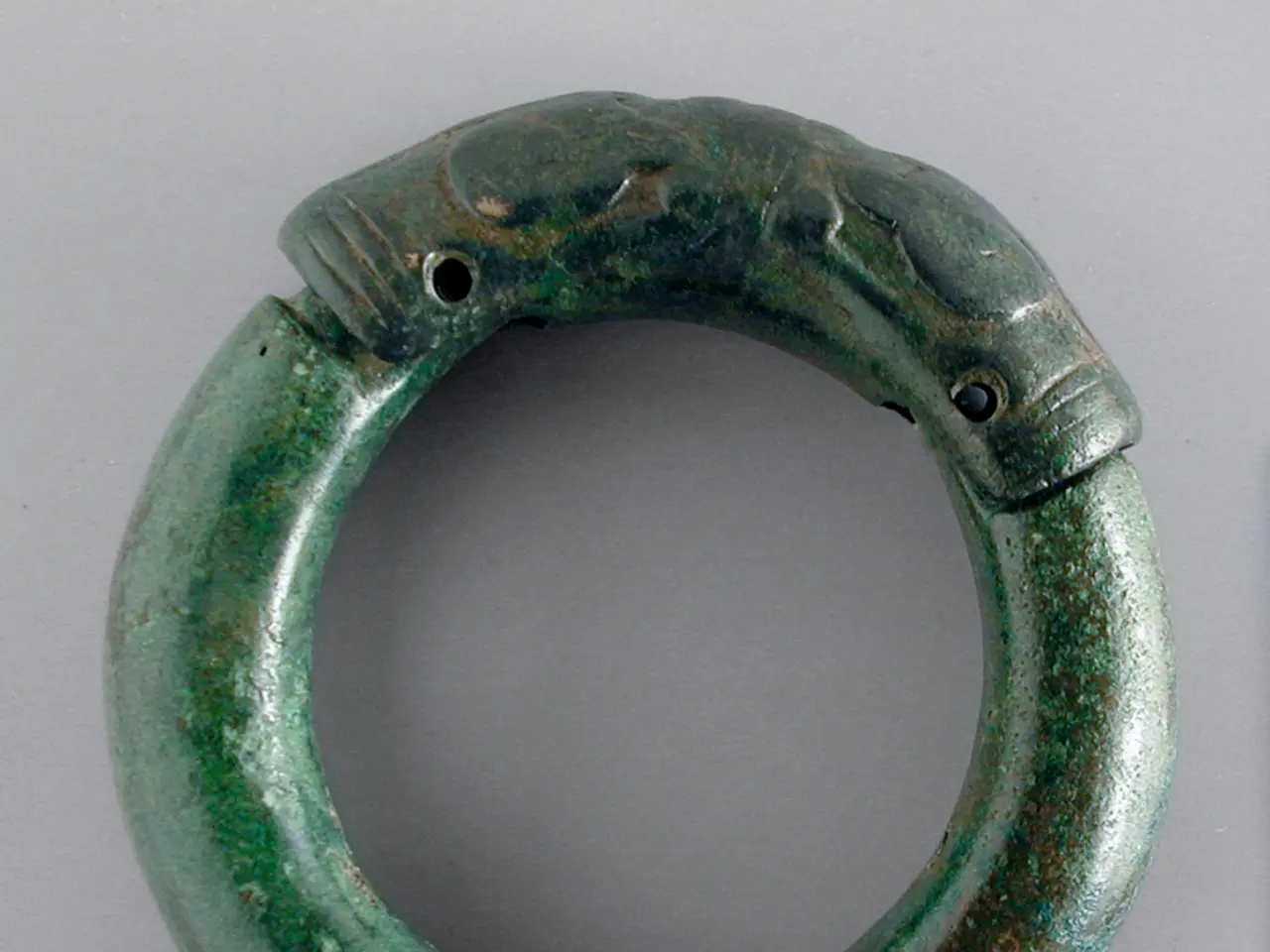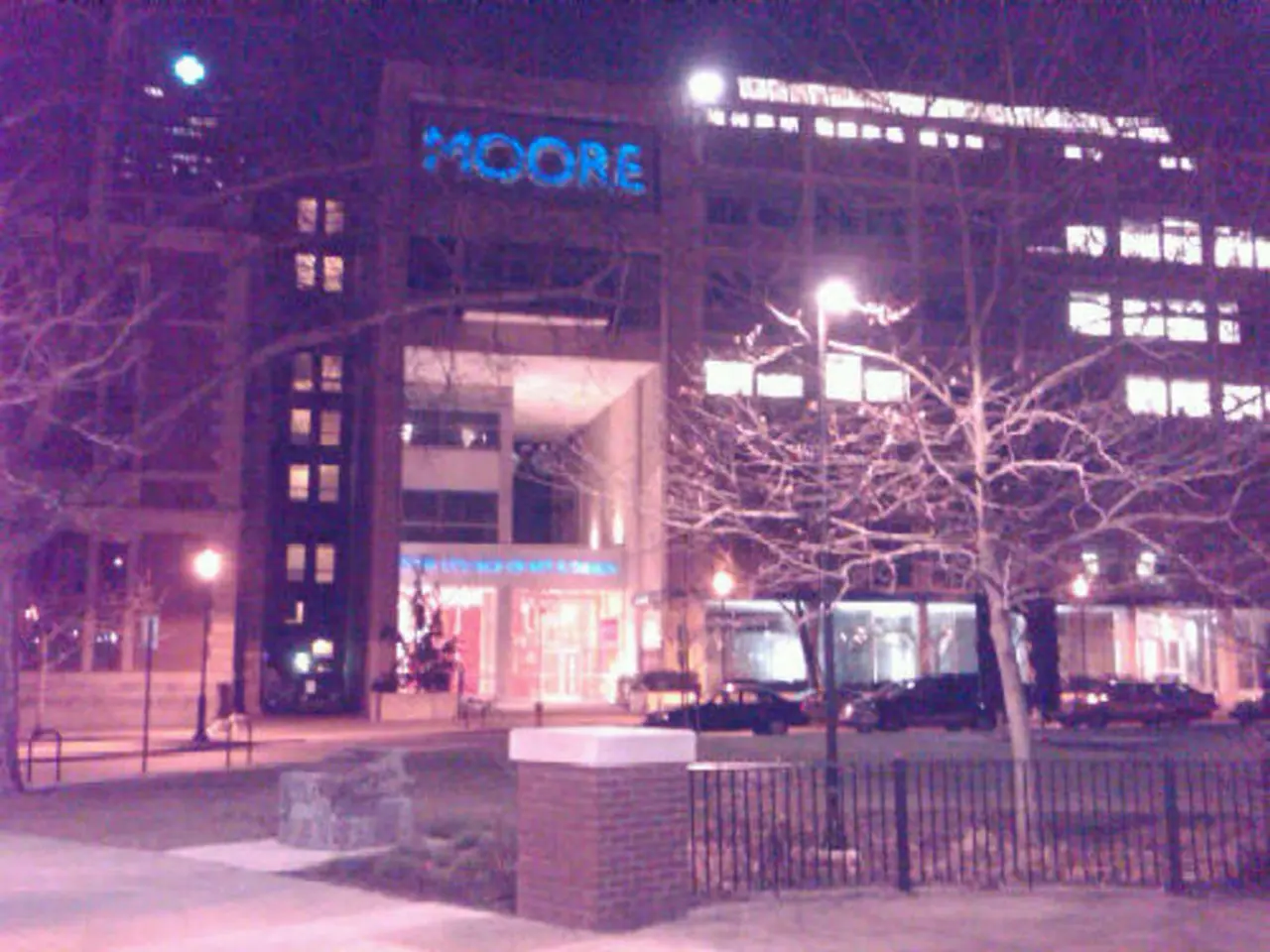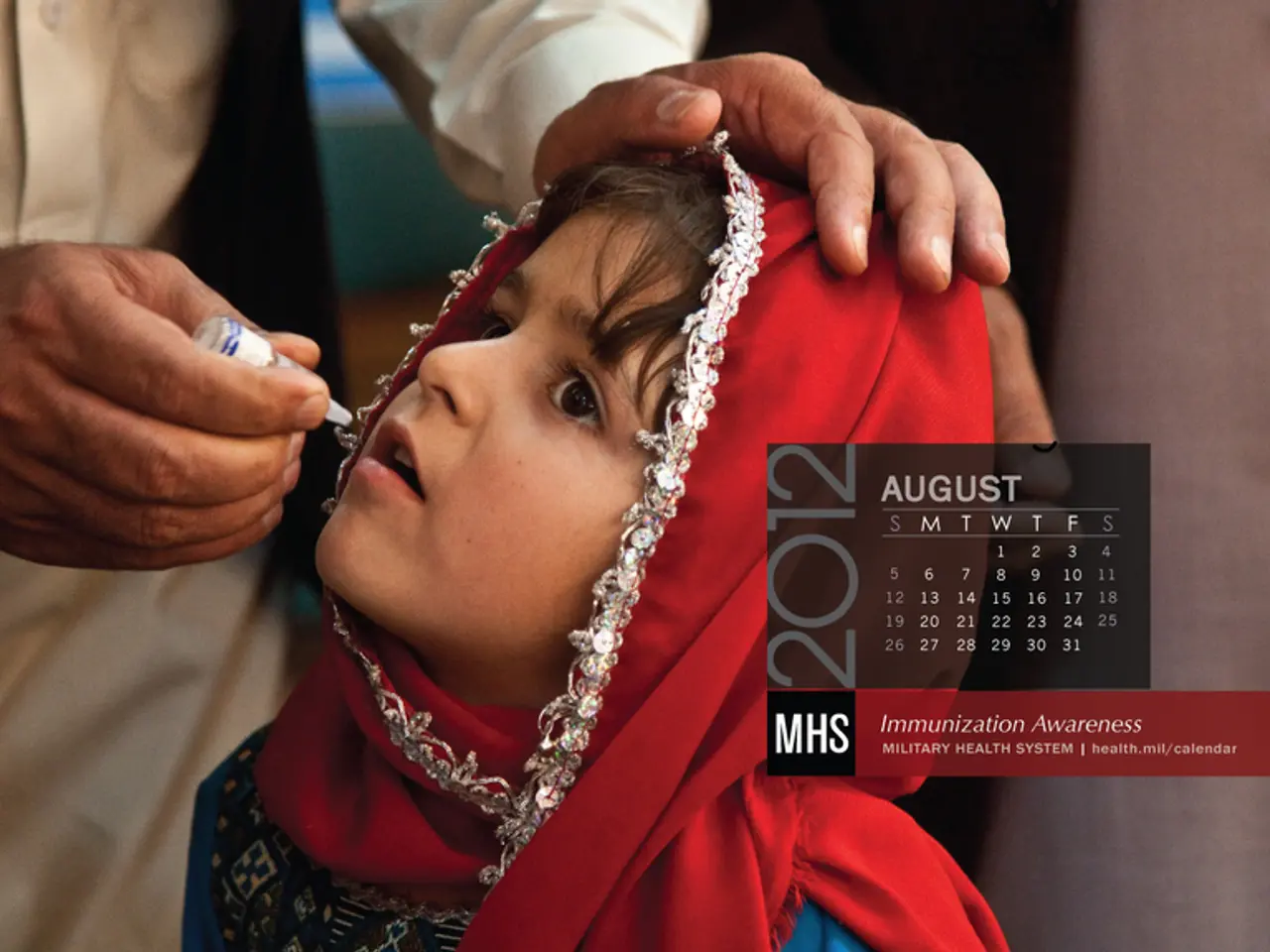Survival Prospects and Insights for Non-Hodgkin Lymphoma: A Look at Outcomes
Non-Hodgkin Lymphoma (NHL) is a type of cancer that affects white blood cells in the lymphatic system. It is estimated that NHL will cause around 20,720 deaths in 2021, accounting for about 4% of all cancer cases in the United States.
The prognosis for NHL patients can vary significantly, depending on various factors. Key factors that influence the outlook and survival rates include age, disease stage, performance status, specific genetic abnormalities, laboratory markers, and immune system status.
Age
Patients older than 60 or 75 years typically have a worse prognosis due to decreased treatment tolerance and more aggressive disease biology.
Disease stage
Advanced stages (Ann Arbor stage III or IV) associate with poorer outcomes, as the lymphoma is more widespread.
Performance status
Poor physical functioning predicts lower survival rates because it limits treatment options and resilience.
Laboratory markers
Elevated serum lactate dehydrogenase (LDH) and beta-2 microglobulin signal higher tumor burden or aggressive disease, correlating with shorter survival. High Ki-67 proliferation index (>30%) indicates a fast-growing lymphoma and worse prognosis.
Genetic abnormalities
Certain chromosomal breaks (e.g., in chromosome 17) and TP53 mutations are linked to poor outcomes, while isolated t(14;18) translocations without other abnormalities tend to have a more indolent course.
Immune status and related factors
Immunosuppression, either from diseases like HIV or from immunosuppressive drugs, increases risk and can worsen prognosis. Autoimmune diseases and infections such as Helicobacter pylori or Epstein-Barr virus are associated with NHL and may influence disease behavior.
Histologic subtype and pathology
Indolent lymphomas usually have prolonged survival, while aggressive forms like diffuse large B-cell lymphoma (DLBCL) have variable outcomes depending on individual factors but can often be cured with treatment.
These factors combined enable clinicians to estimate prognosis via scoring systems like the MCL International Prognostic Index (MIPI) and guide treatment decisions. Patients with favorable factors (younger age, early-stage disease, good performance status, normal LDH, low proliferation markers) generally have higher survival rates and better long-term outlooks, whereas those with adverse factors require more aggressive treatment and may have poorer survival.
Treatment options for people with NHL might include chemotherapy, immunotherapy, targeted therapy, radiation therapy, surgery, and newer treatments like stem cell transplants. The 5-year survival rates for NHL by stage are: stage 1: 84%, stage 2: 77%, stage 3: 71%, stage 4: 64%. The 5-year survival rate for diffuse large B-cell NHL is 71% for localized and regional cases, and 64% for distant cases.
It is essential for patients to discuss their individual prognosis and treatment options with their healthcare providers to make informed decisions about their care.
- Other lymphomas, such as those with TP53 mutations or specific chromosomal breaks, often have poorer prognoses when compared to NHL types like isolated t(14;18) translocations.
- In the realm of health-and-wellness, understanding the impact of various medical-conditions, like immunosuppression due to diseases like HIV, can significantly influence the prognosis for Non-Hodgkin Lymphoma patients.
- Apart from traditional therapies-and-treatments for Non-Hodgkin Lymphoma, like chemotherapy and radiation therapy, newer methods such as stem cell transplants and immunotherapy can provide improved survival rates for patients with favorable prognostic factors.




